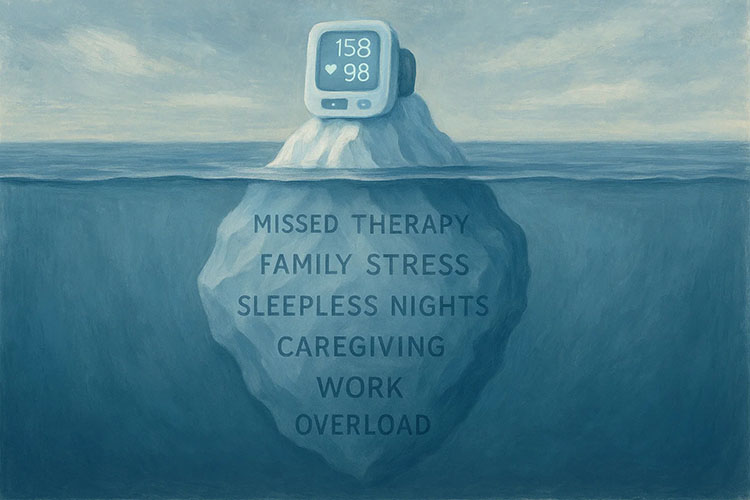
Historically, our customers receive 97-98% of their expected reimbursements when they opt to use the MPN Billing Services.
Submitting insurance claims for Remote Patient Monitoring (RPM) is a complex process. Here are some things to pay attention to:
- Some primary insurances reimburse for RPM, some don’t.
- Some secondary insurances reimburse for RPM, some don’t.
- Within an insurance company, different plans may or may not reimburse.
- If the patient doesn’t have a secondary insurance, they may be responsible for their copay – but not always.
- Certain insurances will only accept certain conditions for RPM.
- Rules can change state by state.
- Certain insurance companies with certain plans will reimburse certain types of doctors but not others.
- … on and on …
Some payers, like Medicaid seem to roll 12 sided dice in deciding when to pay and not pay.
Now, let's look at some of the many measures we use to achieve such high reimbursement rates:
To begin, we are very thorough in our eligibility process. We utilize extensive data to develop profiles of patients who will be eligible for the program. Despite the complexities with various insurance companies and chronic conditions, we have the data to identify those patients most likely to qualify and whose insurance companies are likely to pay.
We supplement this with manual checks. Our eligibility checking team verifies which patients are likely to qualify for reimbursements.
In the rare instances where a patient slips through the cracks, because they have passed away or their insurance has changed or some other unavoidable complication, we perform a reconciliation process.
When an insurance claim is rejected, we attempt to fix it and resubmit it. If that's not possible then we immediately reach out to the patient to collect the device and take them off the program. Because we run our own billing department we were able to very quickly detect these scenarios. We're able to take the patient off within a month or two.
On a broader scale, we perform quarterly reconciliations. We audit all claim and payment data, correlating it with our systems and expected reimbursements. This helps us retroactively identify any errors or issues, allowing us to resubmit claims or issue refunds to you, the client.
Finally, we provide detailed reports showing exact claims and payments per patient, billing code, and dates of service. Every month, we provide all charges and income at both the practice and patient levels, so you can have confidence in our program and services.
Our success depends on the success of our practices and the quality of care provided to their patients. Schedule a demo today to learn more about reimbursements and see real data from a practice in your area.




